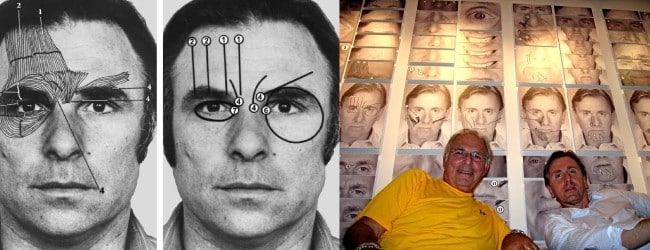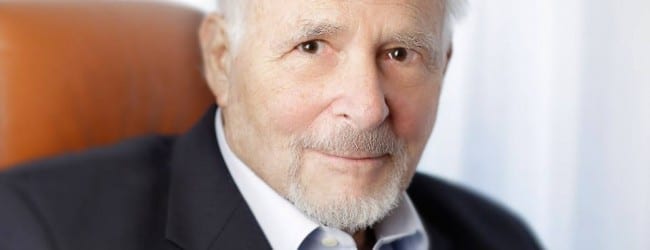8 January 2015
Pubblicato da IG Management il 8 January 2015
Categorie
In an article published by Harvard Business Review, Susan David and Christina Congleton give their views on emotional intelligence, introducing a new concept: Emotional Agility. According […]
Ti piace?
17 December 2014
Pubblicato da IG Management il 17 December 2014
Categorie
StoryTelling, or the Science of Storytelling, is a methodology used to establish a profound relationship with one’s audience: one does not just want to inform them, […]
Ti piace?
10 December 2014
Pubblicato da IG Management il 10 December 2014
What ‘trade secrets’ does the perfect public speaker use? Between false myths and universal elements, emotional behavioural analysis expert Diego Ingrassia, master trainer at Paul Ekman […]
Ti piace?
25 November 2014
Pubblicato da IG Management il 25 November 2014
Ekman, Friesen and Hager devoted themselves to writing the first atlas of the human face, the Facial Action Coding System (FACS)1, which includes a systematic description […]
Ti piace?
18 November 2014
Pubblicato da IG Management il 18 November 2014
Each of the emotions we experience is neither positive nor negative per se: they are all positive, as they have enabled us to adapt to the […]
Ti piace?
4 November 2014
Pubblicato da IG Management il 4 November 2014
Blushing in the face may accompany emotional reactions of embarrassment, shame or anger. But it can also be observed in those who are performing demanding physical […]
Ti piace?
27 October 2014
Pubblicato da IG Management il 27 October 2014
Innovation, updating and future-oriented vision. These are the characteristics that distinguish I&G Management, a consultancy and managerial training company, founded in Milan in 1988. Specialised in […]
Ti piace?
24 October 2014
Pubblicato da IG Management il 24 October 2014
CAREER Paul Ekman, US psychologist and Professor Emeritus of Psychology at UCSF (www.ucsf.edu), is the foremost expert on communication and emotions. A pioneer in recognising emotions […]
Ti piace?
10 October 2014
Pubblicato da IG Management il 10 October 2014
Categorie
What is the main difference between Fear and Anxiety? Although they are part of the same ‘family’, they represent two different types of emotions: primary emotions […]
Ti piace?








